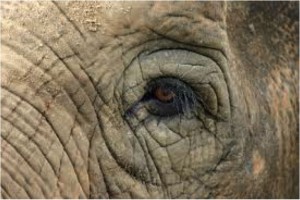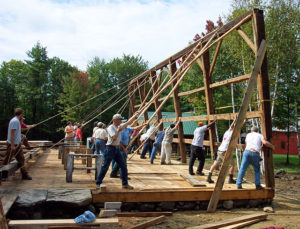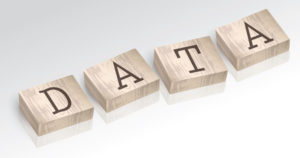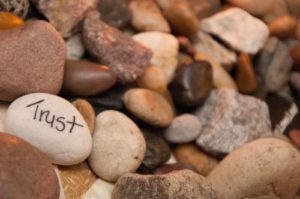Oftentimes when working with communities, I retell the tale of the blind men who come across an elephant. One clasps the trunk and wonders, “Ah! But this beast is long and snakelike!” Another places his hand on a haunch: “No, it isn’t! It is coarse and broad.” “You’re both wrong,” says a third, who stands by a tusk. “It is smooth, hard and cool.”
The men argue. They are each correct in their experience, yet left to their own perceptions they are unable to discern the true nature of the beast.
I like to tell this story for two reasons. One, people like stories. They remind us “about who we are, why we are, where we come from and what might be possible,” as actor Alan Rickman once said.
The second reason is that the story beautifully illustrates why inviting in people with different perspectives is central to community building. Continue reading “The Elephant in the Room”










